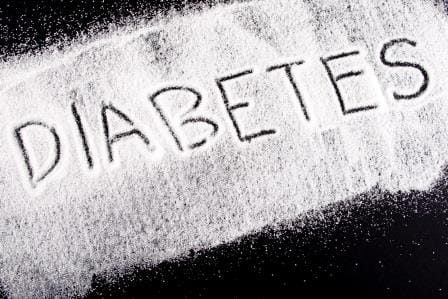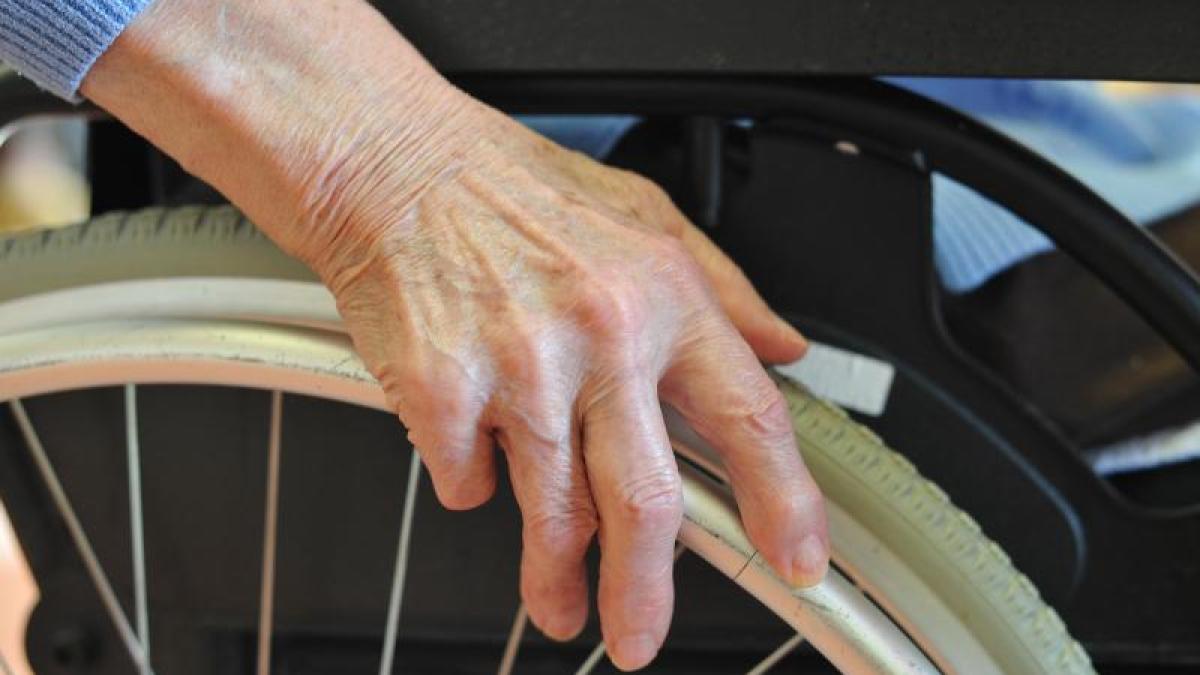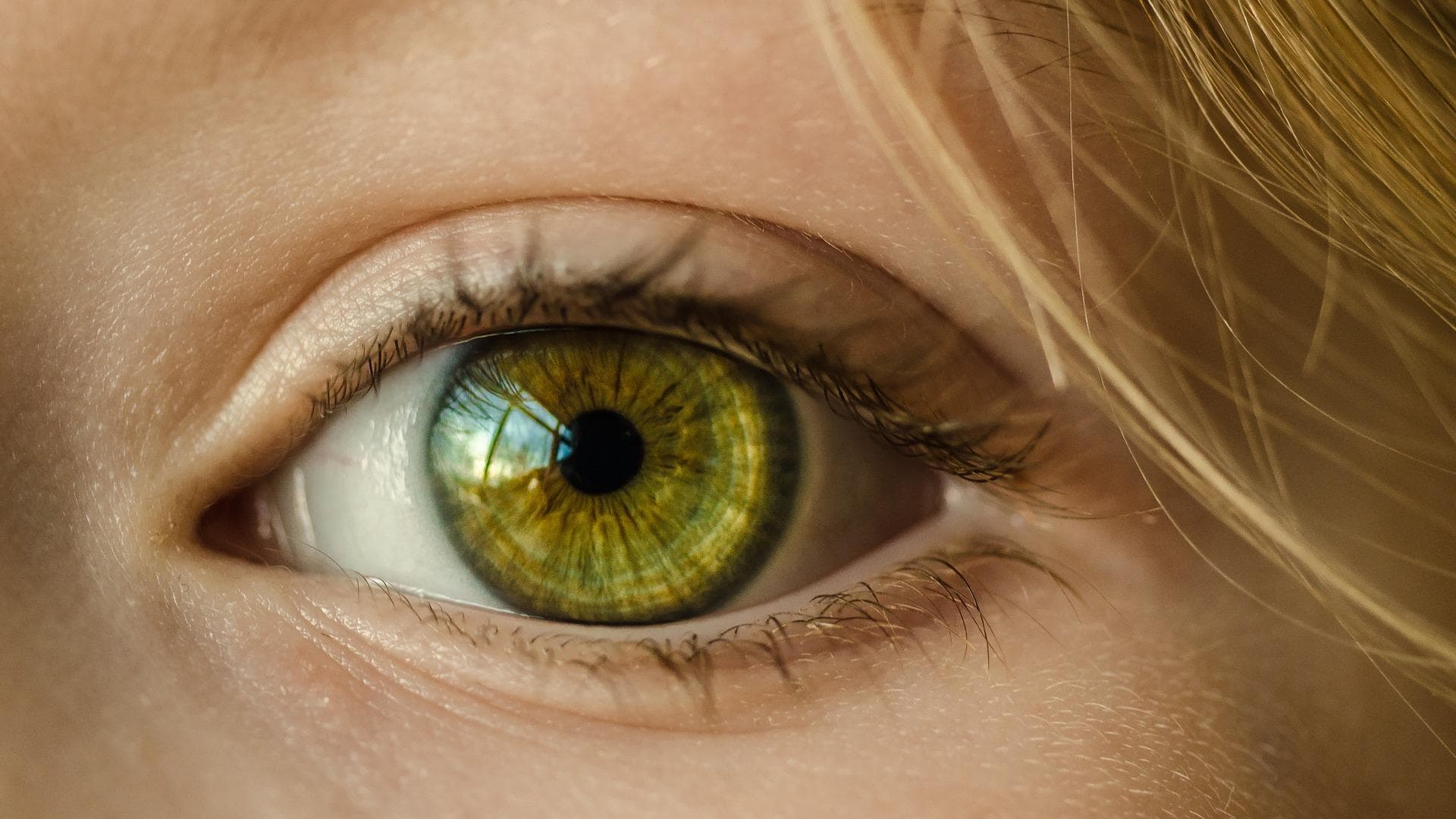October 13, 2021

Type 2 diabetes can be diagnosed with a whole-body magnetic resonance imaging (MRI) scan. This is the result of a recent study conducted by researchers from the German Center for Diabetes Research, the Institute for Research on Diabetes and Metabolic Diseases at the Helmholtz Center Munich at the University of Tübingen, the Max Planck Institute for Intelligent Systems and the University Clinic Tübingen. They used deep learning (machine learning) methods and data from more than 2,000 MRI scans to identify patients with (pre) diabetes.
Being overweight and having a lot of body fat increases your risk of developing diabetes. But not everyone who is overweight develops it either. What matters is where the body fat is stored. If subcutaneous fat is deposited, it is more harmful than fat in the deeper areas of the abdomen (the so-called visceral fat). How well the body fat is distributed can be shown with a whole-body MRI. Explaining the researchers’ approach, Professor Robert Wagner, another recent author, said: “We have now investigated whether type 2 diabetes can also be diagnosed based on specific patterns of body fat distribution on MRI.”
Deep learning trained with more than 2,000 MRIs
To identify such patterns, the researchers used artificial intelligence (AI). They trained deep learning (machine learning) networks using whole-body MRI images of 2,000 people who were also screened with an oral glucose tolerance test (oGTT). Using the oGTT test, also known as the sugar stress test, glucose metabolism disorder can be detected and diabetes diagnosed. This is how AI learned to detect diabetes.
The accumulation of fat in the lower abdomen is an important indicator of the development of diabetes
“An analysis of the model results showed that the accumulation of fat in the lower abdomen plays a critical role in the detection of diabetes,” Wagner reports. Additional additional analyzes have also shown that some people with initial stage diabetes (prediabetes) and people with a subtype of diabetes that can lead to kidney disease can also be identified by MRI scans.
Researchers are now working to decipher the biological control of body fat distribution. One goal is to use new methods such as using artificial intelligence to identify the causes of diabetes in order to find better preventive and treatment options.
Deep learning is a special method from the field of machine learning with artificial neural networks (ANN), and therefore also a sub-field of artificial intelligence (AI). Deep learning is especially suitable when there is a lot of unstructured data – such as images and recordings. In order to teach deep learning algorithms to correctly evaluate images and predict diagnoses, they are trained on annotated data (the information provided).
The results were published in the journal JCI Insight: https://insight.jci.org/articles/view/146999/pdf







